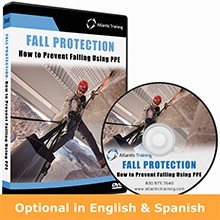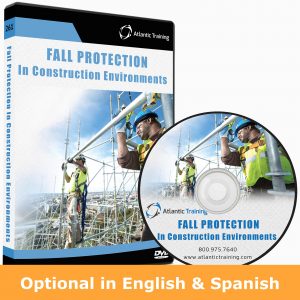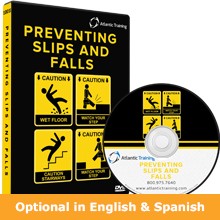
July 6, 2016
Is Your Warehouse Prepared For a Workplace Injury?


July 6, 2016


1) Is Your Personnel Equipped With The Best Personal Protective Equipment?
The best offense against accidents and incidents is a good defense. In factory and procurement settings where many employees handle volatile chemicals and compounds, personal protective equipment (PPE) has evolved from a simple set of gloves and goggles. Industry-leaders have designed full ensembles that have bolstered an increase in employee safety and reduced the likelihood of workplace injuries.
According to Premier Handling, any employee that feels that their working conditions are not adequate can flag your warehouse for inspection and this can be avoided if the proper precautions are taken. As a result of technical innovation, there are varying levels of PPE to match each and every material handling scenario. The best feature of these articles is that they are getting cheaper by the day as they become easier to replicate and reproduce. These components can fit into virtually any budget and be utilized in virtually any scenario, further improving and catalyzing occupational safety.
Educating employees on how to use these various garments and further showcase they are applied can also enhance results. In biomedical environs, this can be especially advantageous to those handling pathogenic microorganisms.
2) Does Your Warehouse Have First Aid and Emergency Response Kits?
Sometimes accidents seem inevitable and the hazards produced by these varying incidents can range from a dangerous chemical spill, fire or a broad range of injuries. It is imperative to have basic first aid kits available to use, in the event any worker is hurt on the job. A basic first aid consisting of small bandages, antiseptic agents and gauze can resolve most minor cuts, scrapes and puncture wounds. For more serious injuries involving fractures or burns, more sophisticated inventory is required.
In addition, spill kits and fire extinguisher materials can often be the difference between a small fire and a massive building inferno. Fires double in size every minute, in addition to the implementation of a fire evacuation plan, knowledge on how and when to properly use the different varieties of fire extinguishers can be a great aid in improving safety and providing swift response. In the event of a hazardous materials incident, spill kits can stop the spread of contaminants from further adversely affecting the workplace. Additionally, spill kits can also contain components which can be utilized to protect and aid workers affected by chemical spills.
3) Does Your Facility Have A Plan?
We can’t stress it enough, in the event of an injury there must be a call to action. An assortment of standardized operating procedures can be a great narrative. Training personnel in basic first aid, CPR and AED use can foster live-saving benefits if the injury sustained is severe enough to cause cardiac arrest. For trauma incidents, this is not a distant possibility. Establishing an action plan that outlines what to do in the event of injury or any other dangerous event can reduce adverse outcomes and provide a swift and efficient response to mitigate calamity. Assuring compliance with building codes, clearly marking exits and defining exit strategies are simple ways to mitigate disasters. Failing to do so can make any employee more vulnerable to injury, illness or death.
This article retrieved from nfe-lifts.com

Help your facility reach for the highest safety standards and aim for zero accidents at work. View Product

Protect yourself from falls during construction. View Product

Prevent accident and injury by knowing how to prevent slips, trips and falls. View Product